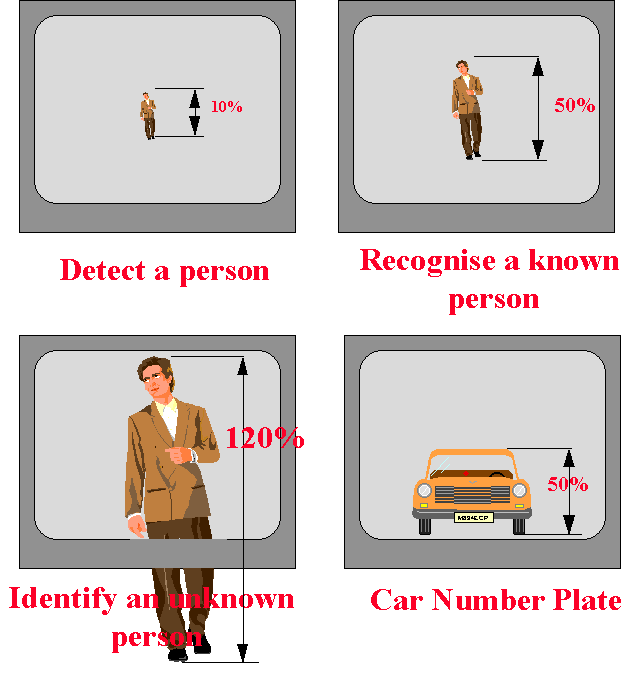

The central point of the Airy Disc contains approximately 84% of the luminous intensity with the remaining 16% in the diffraction pattern around this point. The diffraction pattern is determined by the wavelength of light and the size of the aperture through which the light passes. Viewed from above (Figure 1), this appears as a bright point of light around which are concentric rings or ripples (more correctly known as an Airy Pattern). Despite writing in a different scientific field, these observations are relevant to other optical systems and indeed, the microscopeĪn Airy Disc is the optimally focussed point of light which can be determined by a circular aperture in a perfectly aligned system limited by diffraction. Airy wrote this paper very much from the view of an astronomer and in it he describes “the form and brightness of the rings or rays surrounding the image of a star as seen in a good telescope”. From 1835 to 1881he was the ‘Astronomer Royal’ and he has a lunar and Martian crater named in his honour.Īlso in the year 1835, he published a paper in the Transactions of the Cambridge Philosophical Society entitled ‘On the Diffraction of an Object-Glass with Circular Aperture’. By the 1826 (aged 25) he was appointed Professor of Mathematics at Trinity College and two years later, he was appointed Professor of Astronomy at the new Cambridge Observatory.

George Biddell Airy (1801-1892) was an English mathematician and astronomer. George Biddell Airy and ‘Airy Discs’ (1835)


 0 kommentar(er)
0 kommentar(er)
